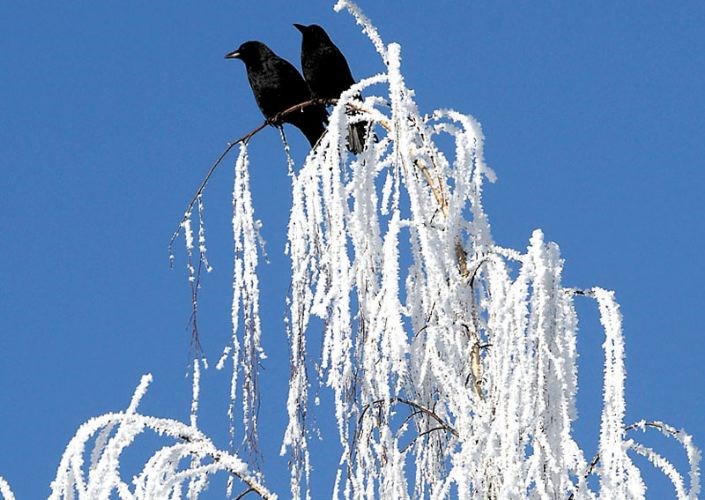Prince George and area will enjoy a warmer than usual winter, meteorologists are predicting, and we can thank El Nino for that.
The pattern of warmer sea surface temperatures in the Pacific is playing a dominant role this winter and may be "amongst the strongest we've seen in recorded history," Environment Canada meteorologist Doug Lundquist said this week.
He said the phenomenon almost guarantees warmer-than-average temperatures for the next three months for all of Western Canada, if not for much of the nation as a whole.
It was pretty much the same assessment from Nadine Hinds-Powell, a meteorologist a The Weather Network, who added that precipitation will be about normal for the time of year.
"We can't discount winter at all and it's not to say that we won't get cold days," she said. "But just when you look at the overall picture, that seems to be the trend for us as we head into winter."
She said El Nino's effect is "on the strong side right now" and may enter into a more "neutral phase" during the second half of winter.
"We may see conditions return to normal for us or at least closer to what we typically expect during the winter months," Hinds-Powell said.
As it stands, outdoor enthusiasts will probably need to venture a little higher than usual this winter before they can encounter snow in area hills and mountains.
Because of the warmer weather, Lundquist said storms will deliver more rain and less snow to the lower levels.
"But as far as the mid-terrain [is concerned], perhaps the freezing levels will vary up and down a little bit higher, perhaps a couple hundred metres higher than usual, but in the high terrain it's really not certain," Lundquist said.
What that may mean for avalanche risk is not certain, but Pascal Haegeli, an assistant professor at Simon Fraser University who studies avalanches, said they might be wetter and so, produce a more "cohesive mass" than avalanches of powder snow.
He said avalanches of wet snow tend to be triggered by rain or prolonged sunlight, so the best way to avoid them is to stay off south-facing slopes, particularly in the late afternoon.
Powder avalanches, in contrast, are typically the result of intensive snowfall or snowfall after a long, clear period that allowed a smooth surface to form on the older snowpack. Haegeli said the triggering of the latter type of powder avalanche is typically delayed until someone is out on the snow, be they snowmobiling or skiing.
"The wet avalanches are just a bit more predictable," Haegeli said.



